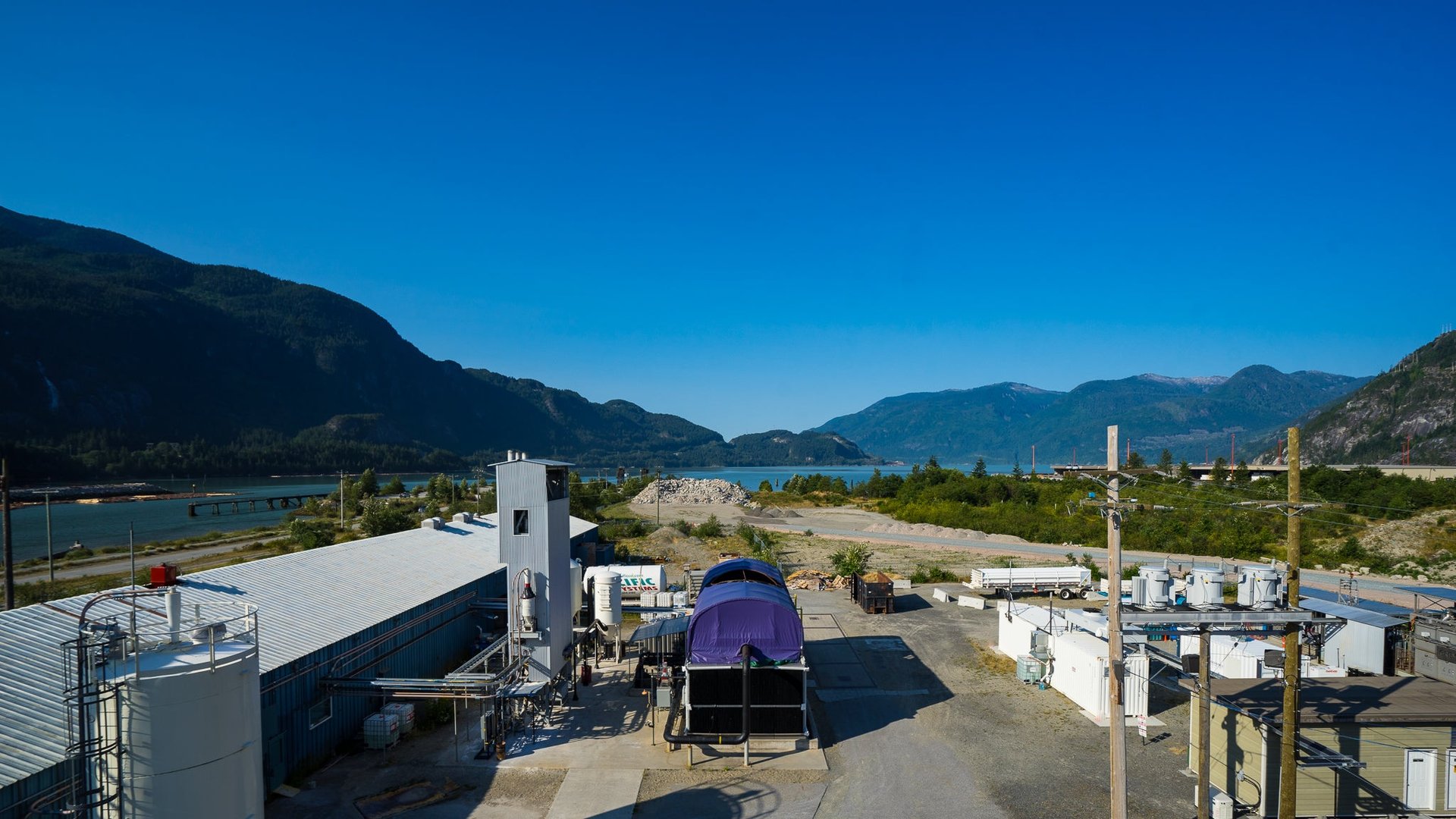Carbon Engineering is doubling its CO2-capturing machine even before it’s built
One of the first companies planning to capture carbon dioxide from the air says it has enough demand from polluters to double its initial plans, a promising sign for the nascent technology.


One of the first companies planning to capture carbon dioxide from the air says it has enough demand from polluters to double its initial plans, a promising sign for the nascent technology.
Stemming the climate crisis will require not just cutting emissions, but capturing some of the carbon dioxide that we’ve already dumped into the atmosphere. Trees, water algae, and ocean forests will help, but the scale of the required “negative emissions” will also demand the use of machines that can capture CO2.
Carbon Engineering, a Canadian startup, is one of three companies in the world building such machines. Earlier this year, in partnership with Occidental Petroleum, the company set out plans to expand its technology and build a plant that can capture 500,000 metric tons of carbon dioxide from the air each year.
Read Quartz’s story behind the world’s first large-scale direct air-capture plant.
This week, Carbon Engineering announced that it will double the plant, to a size that could capture 1 million metric tons of CO2 annually, even before construction has begun. “This expansion is in direct response to demand from corporate entities interested in addressing their carbon footprint through negative emissions,” said Steve Oldham, CEO of Carbon Engineering.
Though the startup won’t reveal he names of the companies that have expressed interest, Oldham said it is coming from the sectors of the economy that are difficult decarbonize: retail, logistics, agriculture, and heavy transportation. Silicon Valley companies like Stripe and Shopify have said publicly that they will be spending a portion of their environmental spending to support negative-emissions technologies.
Carbon Engineering is essentially reaping the gains of being an early mover in the market of guaranteed carbon offsets. Corporations and individuals have used carbon offsets for decades. But as the climate crisis worsens, these schemes have come under the scanner. Paying $100 to plant trees that can capture a certain amount of carbon dioxide should, in theory, work. But the practical difficulties of monitoring and verifying that it has happened depends on the specifics of the project.
Working in partnership with Occidental Petroleum, Carbon Engineering is offering a much more secure way to put away carbon dioxide. The oil and gas company has been injecting carbon dioxide underground for decades in the pursuit of extracting more oil. Pressurized carbon dioxide is able to push out hard to extract oil from underground. Crucially, in this process, much of the carbon dioxide gets trapped in the geological formations. Occidental is one of the first oil companies to comply with the US Environmental Protection Agency regulations set up to ensure the stated amount of injected carbon dioxide remains there.
The Carbon Engineering plant is expected to begin operations in 2022. Some of the 1 million metric tons of carbon dioxide injected each year will be used by Occidental Petroleum to extract oil, which has roiled some environmental advocates.
But perhaps that’s the price early climate technologies have to pay, if they are able to tap into the deep pockets and geological expertise offered by oil companies. Expanding Carbon Engineering’s technology will make it cheaper to build new plants, meaning the cost of capturing carbon dioxide from the air will be lower. That’s a win for the climate.